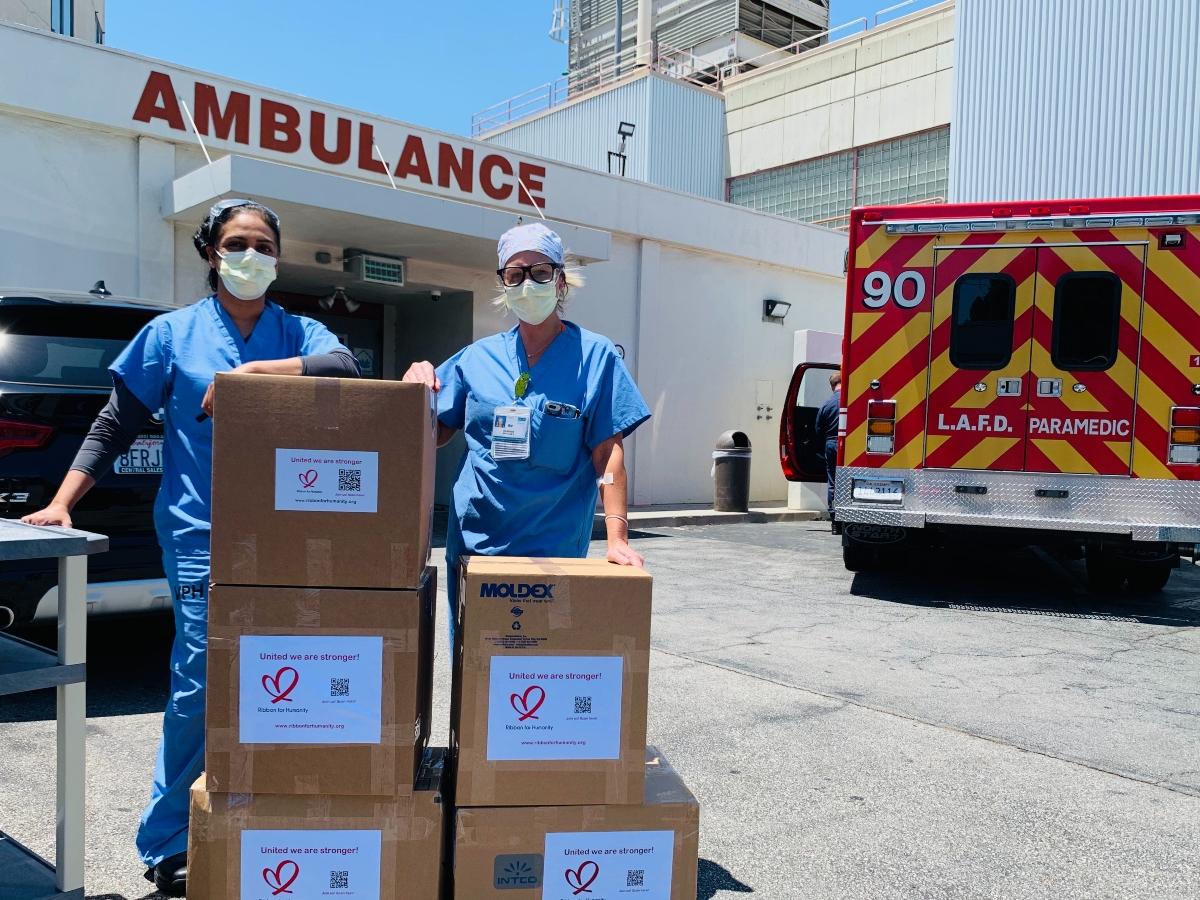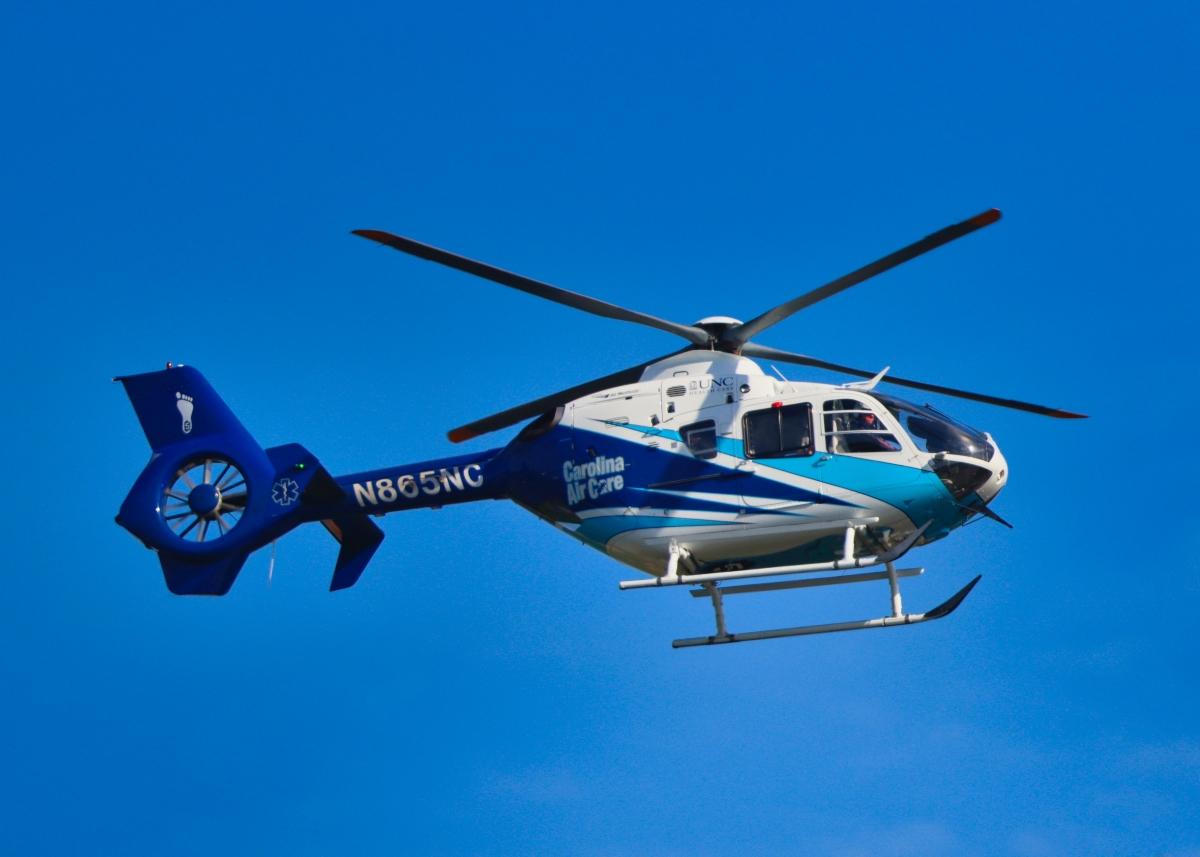Check If Your Insurance Pays for an Ambulance Ride Ahead of Time and Be Prepared
If you're in an accident, are ambulance rides covered by insurance? It's important to know the answer before an accident happens. Let's get into it.
May 3 2023, Updated 4:19 p.m. ET

If you're ever involved in an automobile accident or are injured in another way, emergency services may show up to take you to the nearest hospital. But unfortunately for some people, the cost of an ambulance ride can be a deterrent. It's important to know, whether ambulance rides covered by insurance and what types of insurance apply.
There are several ways an injured person can get their ambulance ride covered, usually through car insurance or health insurance. However, uninsured people could end up foregoing important medical care by skipping the ambulance ride to save money.

Are ambulance rides covered by insurance?
As ValuePenguin notes, ambulance rides that are medically necessary are usually covered by insurance. "Medically necessary" means your injuries are serious enough to require immediate care, including care on the way to the hospital or medical center. Certain forms of auto insurance and health insurance will pay for ambulance rides.
People in a no-fault state can use personal injury protection (PIP) coverage to cover medical bills and ambulance rides. There's also Medical Payments, or MedPay, which is an option to use instead of or in addition to PIP.
Another driver's bodily injury liability coverage would cover your ambulance ride and medical expenses if they caused the accident.
If the other driver is found to be at fault for an accident that injured you, but has no insurance, uninsured or underinsured motorist coverage should take care of your medical expenses, including ambulance rides.
Health insurance often covers ambulance rides, but it's preferable to use auto insurance first to avoid having to meet a deductible or copay. Check your health and auto insurance policies to find out what's covered and under what conditions.

Medicare and Medicaid have some coverage for ambulance rides.
If you have Medicare Part B coverage, your ambulance ride will be covered, although you'll likely need to pay 20 percent of the cost plus your deductible. If you have Medicaid, you can likely have ambulance rides from state-licensed providers covered. Check your state's laws for details.
How much does an ambulance ride cost?
The cost of ambulance transportation varies quite a bit. It depends on factors such as where you live, the types of services you receive, the distance the ambulance must travel, and the services the paramedics could provide (even if they don't provide them). Insurance, of course, is also a factor.
In New York City, people who need ambulance transportation will now pay significantly more for that service if they don't have insurance to cover it. New York One reported that as of May 1, 2023, the price of NYC ambulance rides would go up from $900 to $1,385, or a 54 percent increase.

As with many other bills, calling ambulance service providers or insurance companies to negotiate your bill may help.
According to VeryWellHealth, the average cost of "advanced life support ambulance transport" is about $1,300, while a "basic life support ambulance transport" is about $950. They recommend that uninsured patients contact the ambulance billing department to try and negotiate a lower fee using the Healthcare Bluebook to find the fair market price.
Although ambulance rides can be very costly, especially if the ambulance provider is out-of-network, it's usually less expensive than an alternative like air transportation. Air medical transportation via helicopter or fixed wing aircraft is necessary in some cases, such as a difficult location that can only be accessed by air, and will therefore cost more.

What can you do if insurance doesn't cover an ambulance ride?
Whether you have insurance or not, often the bill for an ambulance ride will seem very inflated compared to the service provided. Consumer Reports said that patients have a few options. Some people will take an Uber unless an ambulance is absolutely necessary. You could sign up for an ambulance service membership, especially if you have chronic or underlying conditions.
You should also look into whether your state has legal protections in place for patients against surprise medical bills. There may be laws that limit how much ambulance services can charge. Even if that doesn't exist in your state, you can still try to negotiate ambulance bills.
